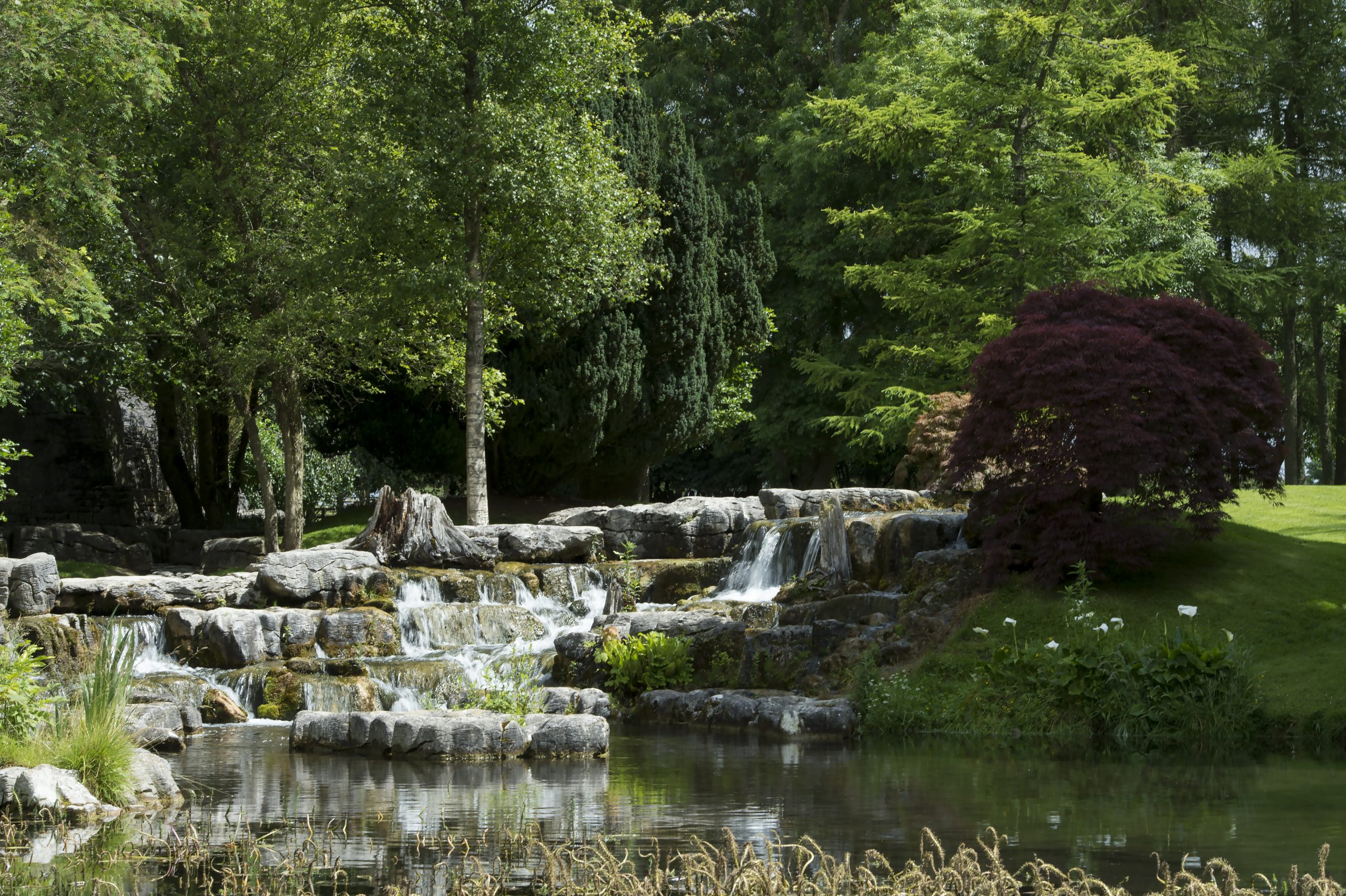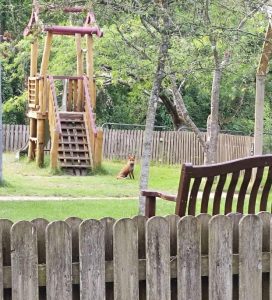
Part 2: Mammals in St. Fiachra’s Gardens
Hedgehogs, the nocturnal visitor
A male hedgehog is a boar and the female is a sow. The female can have three to six babies in
a litter, and these are called hoglets. Their breeding season is in the Spring/Summer and the
gestation process takes about four weeks. They grow up to a foot in size and their prickly
spines are made of the same material as human hair, over time they shed these and replace
them with new ones. These spines are used as defense mechanism against predators.
Thanks to the wonderful folks over at Kildare wildlife rescue, they gave us five adolescent
hedgehogs to rehome this Spring.
The relocation of the hedgehogs required a nice quiet area with lots of places for them to
hide, for this I picked out an area in the garden which had lots of piles of branches ideal for
them as it provides lots of shelter and somewhere for them to choose to nest. As part of the
rehoming process I left out some food and water to help them settle in, on suggestion dry cat
food was provided. As they are a nocturnal mammal, I am happy to say that they have now
successfully become members of St. Fiachra’s habitat.
Foxes, the misunderstood mammal
A frequenter to St Fiachra’s is the fox, the male is a dog and the female is a vixen, the
young are called pups. Their breeding season begins in the Winter, gestation takes six
to seven weeks and in the Springtime the vixen can birth up to six pups. During the
breeding season an eery scream can be heard, this is a mating call from the vixen to
the dog. I often wondered if many years ago, the cry of the vixen was mistaken for the
cry of the Banshi. The foxes live in a den which is usually an old rabbit warren. Foxes
are often misunderstood as they are not savage beasts but simply an opportunistic
hunter, they have a varied diet of fruit, insects, birds and smaller mammals. Often in
early Summer I have observed the vixen and the dog introducing the cubs to the
world, teaching them how to forage and hunt.
Rabbits, the gardeners frenemy
Another mammal in St. Fiachra’s is the rabbit, the male is a buck and the female is a doe. Their
breeding season is in Spring and Summer but sometimes can start as early as late Winter. The
doe can have up to eight babies per litter and these are called kits. They are very social able
creature and live with other rabbits in shared burrows collectively known as warrens. These
warrens consists of many many tunnels with various exits for use in emergencies. This is why
you will see so many holes in banks in fields, gardens and along roads. They can also be a
gardeners worst nightmare as they will eat all the delicious leafy plants in your garden. They
are herbivores and graze mainly on plants and grass. I often come across the kits sitting
munching on the long grass for hours on end.
Squirrels, the tiny thief
The male squirrel is called a boar and the female squirrel is called a sow. Their breeding season
begins in late Winter and they can have up to two litters in a breeding season. After a gestation
period of five to six weeks, the sow can have on average four to six babies called kits. You would
imagine that the squirrel much like a rabbit is a herbivore, but in fact they can eat insects, fruit,
nuts, and bird eggs. Recently I witnessed a black bird chase/fight off a squirrel, I am thinking he
was trying to raid her nest and i can assure you she did an amble job defending her nest.
The red squirrel is native to Ireland, the grey squirrel is not native to Ireland, but has become
quite common. The grey squirrel carries a virus which when passed to the red squirrel
unfortunately kills off the red squirrel in many areas including St. Fiachras. But with the
reemergence of the pine martin, a natural predator of the grey squirrel, hopefully our native red
squirrel will get a foothold in Ireland again. Squirrels can build nests called dreys up on top of a
tree, these are built to withstand most weather conditions. They comprise of sticks on the
outside and moss on the inside, they are about the size of a football. A few years ago, I was lucky
enough to witness a squirrel building a drey.
HAVE A QUESTION?
Drop a Line
Address
Irish National Stud & Gardens,
Brallistown Little, Tully, Co. Kildare,
R51 AP20, Ireland

